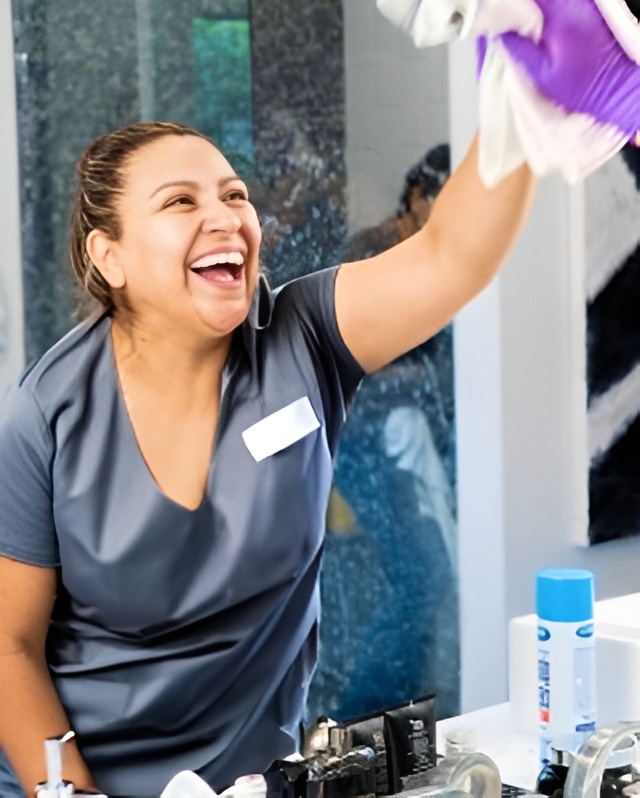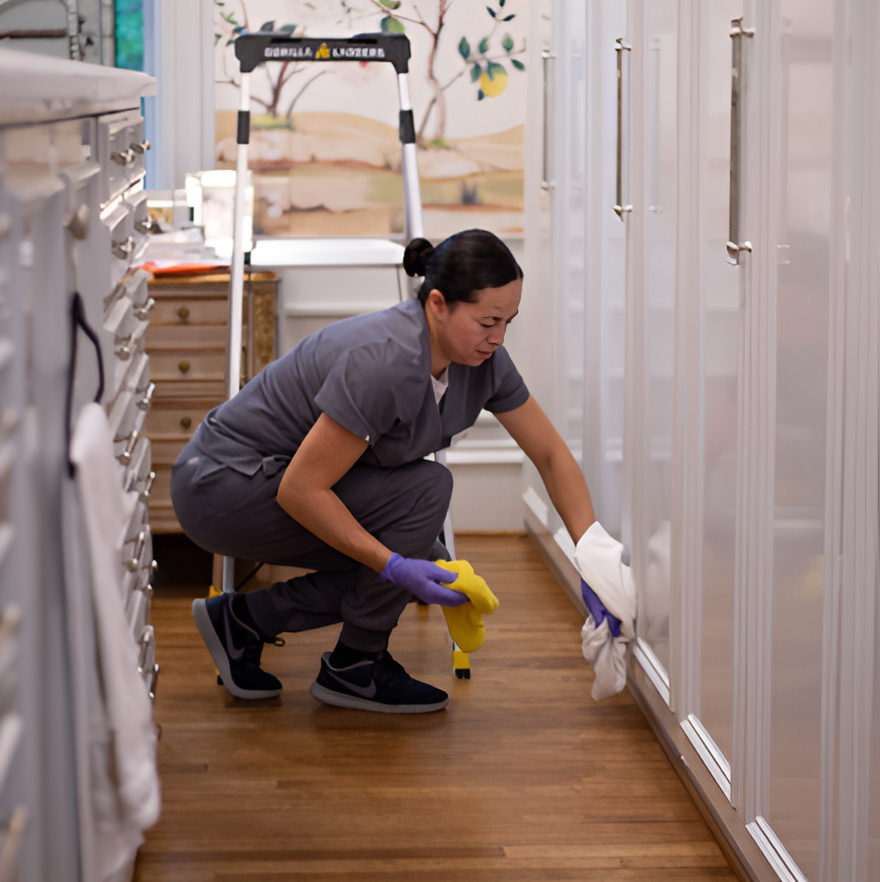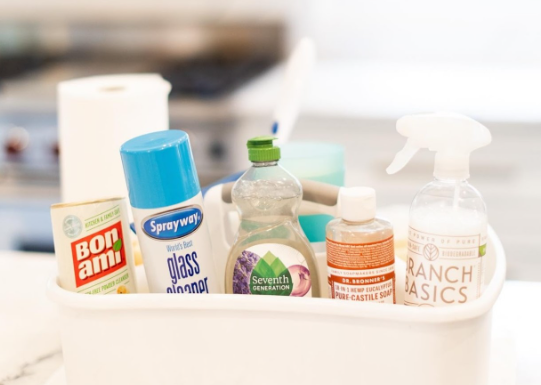These days, we tend to stare at screens all day. Digital devices are everywhere to be found. But most people forget that these devices also need periodic cleaning. Cleaning them? If not cleaned properly, these screens start accumulating dust, bacteria, and fingerprints very quickly. And before you know it, they become a host for germs to spread.
But worry not, it’s not hard to fix. You just need the right steps. And we are here to help you with that. Let’s get into it through this blog.
Why Clean Electronics Regularly?
Dirty screens don’t just look bad; they become clusters and breeding grounds for bacteria. The objects that we touch the most carry the most amount of pathogens and eventually dirt and grease buildup on them, making it harder to see, further stressing our eyes day after day.
On top of all this, if you use the wrong cleaners, you scratch the surface or risk water damage. We say cleaning delicate things is best left to professionals. All of this can very well be prevented. With regular cleaning and wiping, and special antibacterial cleaners. Regular care prevents scratches and other damage.
The Do’s and Don’ts of Cleaning Screens

If you do decide to keep your devices clean, here are some protips for you to do it right, the Vella Way.
Do:
- Grab a microfiber cloth.
- Spray the cloth, and not the device, otherwise you risk water damage.
- Wipe in circles with minimal pressure to make sure you are not pushing so hard that you make abrasions on the device.
Don’t:
- Do not use paper towels to clean electronics; they have microscopic dust particles and are likely to cause scratches.
- Do not use scratch removers or other harsh chemicals; they can leech inside devices.
- Avoid pressing too hard on the screens to avoid physical harm.
By following these simple dos and don’ts, you can keep your devices clean.
Step-by-Step: Streak-Free Cleaning for Different Devices
Let’s see how to clean each of your devices with care and attention:
Phones & Tablets
Avoid cleaning phones when they are plugged in; shut them down completely before starting to clean. Lightly dampen a microfiber cloth and then slowly rub in circular motions. Go slow around buttons.
Laptops & Keyboards
Ideally, one should blow compressed air to clean the keyboards. And then a damp microfiber cloth for the display. Wait for all liquids to dry out before switching the laptop on.
TVs & Monitors
These are big, delicate screens that need special care. Be sure to use a soft cloth for this. Avoid any harsh chemical cleaners, and definitely don’t spray them directly on the screens.
Smart Home Devices & Remotes
Gentle, circular wipes work best. And don’t forget remotes, voice assistants, or smart displays; they collect just as much grime.
As you notice, individual devices require care and attention, too. Regular cleaning will also ensure the best performance and long life.
Natural & Eco-Friendly Cleaning Options
You don’t need toxic sprays. To undertake cleaning endeavors yourself. You can either use cleaners like Sprayway, or for a quick home remedy:
- A weak mix of vinegar + distilled water.
- Plant-based sprays made for electronics are safer.
- Microfiber cloths can be washed and reused.
At Vella, we only use eco-friendly cleaning products to ensure a safe cleaning environment. We offer our home cleaning services across Texas, including Austin and Dallas.

Quick FAQs
Q: How often should I clean my electronics?
Weekly for phones. Every two weeks for TVs or laptops.
Q: What’s the safest cloth?
A microfiber cloth is ideal for cleaning screens and other digital devices.
Q: Do cleaning pros handle electronics?
Yes. The right cleaning services include electronics in their routine.
Vella: Keeping Your Homes Clean
Clean electronics don’t just look better. They are safer to use and they last longer. Try these safe tips at home, and don’t forget, when it’s time for a deeper clean, Vella is here.
Searching for house cleaning near me usually means you want a trusted team that knows how to respect your home and your things.
Ready for streak-free screens and a spotless home? Check the various Vella’s services.
